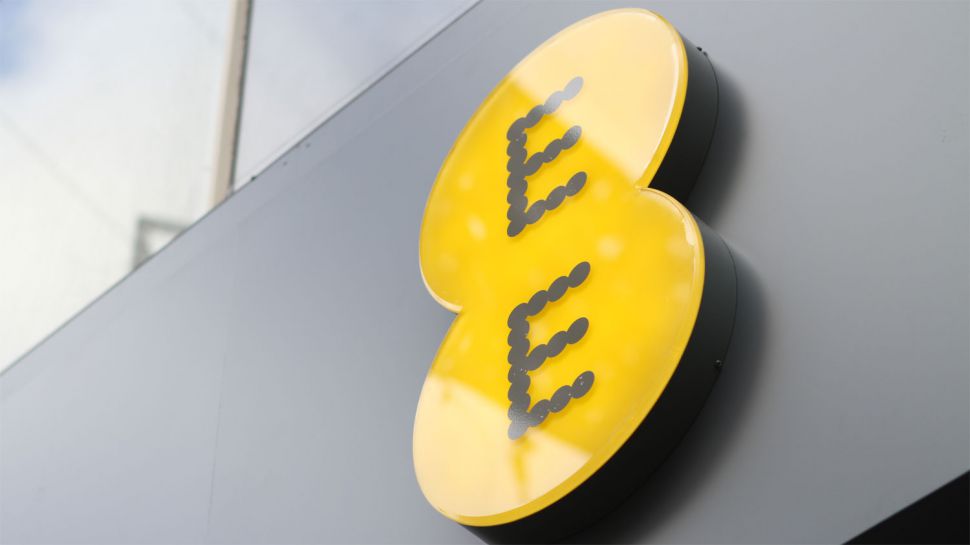BT delays removal of Huawei kit from 5G network
New cloud core network will accelerate convergence of BT network, and use Ericsson for 5G core

BT will use Ericsson’s cloud-based core technology for EE’s 5G network but has said it will take longer than expected to remove Huawei gear from the most sensitive layer of its mobile infrastructure.
EE was the first UK mobile operator to launch 5G last year but like all current next-generation networks still uses the same core technology as its 4G service.
This means that although speeds are significantly faster, the promise of greater capacity and ultra-low latency is yet to be realised.
- BT removes Huawei kit from core EE 4G network
- What is 5G? Everything you need to know
- UK gives Huawei 5G green light
New 5G core
A new standard will be released later this year, allowing for ‘Standalone 5G’, which makes use of cloud-based core technology. The cloud enables operators to virtualise network functions so they can be moved around their infrastructure, allowing data to be processed closer to the point of collection and for new services to be rolled out rapidly.
These characteristics are essential for transformative 5G applications such as Virtual Reality (VR) and the Industrial Internet of Things (IIoT) which rely on ultra-low latency and guaranteed throughput.
Ericsson’s cloud-native, container-based mobile packet core will be deployed across BT’s Network Cloud and will be a key component in a move towards a single converged network comprising fixed, cellular and wireless connectivity.
The technology will power both 4G and 5G infrastructure and includes provisions for network orchestration and automation and will be integrated into BT’s existing customer experience management platforms. Meanwhile, the containerisation element will allow the EE network to benefit from industry innovation – boosting resilience, security and agility.
Sign up to the TechRadar Pro newsletter to get all the top news, opinion, features and guidance your business needs to succeed!
EE will be benefit from faster upgrades and service rollouts, benefiting from innovations in network slicing, mobile edge computing, and enhanced mobile broadband. In short, EE will be able to deliver higher quality communication services, offer revolutionary new applications, and lower its costs.
“Having evaluated different 5G Core vendors, we have selected Ericsson as the best option on the basis of both lab performance and future roadmap,” said BT CTIO Howard Watson. “We are looking forward to working together as we build out our converged 4G and 5G core network across the UK. An agile, cloud-native core infrastructure is at the heart of our ambition to enable the next generation of exciting 5G services for our customers and give the UK the world-class digital infrastructure it needs to win in the future global economy.”
Huawei delay
However it appears as though the deadline for stripping out Huawei kit from EE’s 4G core network has been extended. In December 2018, BT confirmed all Huawei core network equipment deployed by EE prior to the 2016 takeover would be removed as part of a long-running programme to bring the mobile division in line with the rest of the business. This policy does not affect radio gear.
It was thought this process would be completed by the end of this year, but BT has now said that it won’t be until 2023 that all traffic is processed by the new Ericsson core. BT suggested that recent caps imposed on the use of Huawei gear in an operator’s network had an impact on the revised target. The company has previously said the Huawei cap would cost it £500 million.
“By January 2023, in line with proposed government legislation, 100 per cent of core mobile traffic will be carried over our new Ericsson converged 4G/5G core," said a BT spokesperson. "We will also reduce usage of Huawei in the 5G access network to no more than 35 person, again in line with proposed legislation.
"In order to hit these ambitious targets within the timescales laid down by government, and to align with their focus on 5G networks, it is now our intention to prioritise migrating our 5G customers to the new Ericsson core, followed by our 4G customers."
- Here are the best EE deals for April 2020
Steve McCaskill is TechRadar Pro's resident mobile industry expert, covering all aspects of the UK and global news, from operators to service providers and everything in between. He is a former editor of Silicon UK and journalist with over a decade's experience in the technology industry, writing about technology, in particular, telecoms, mobile and sports tech, sports, video games and media.